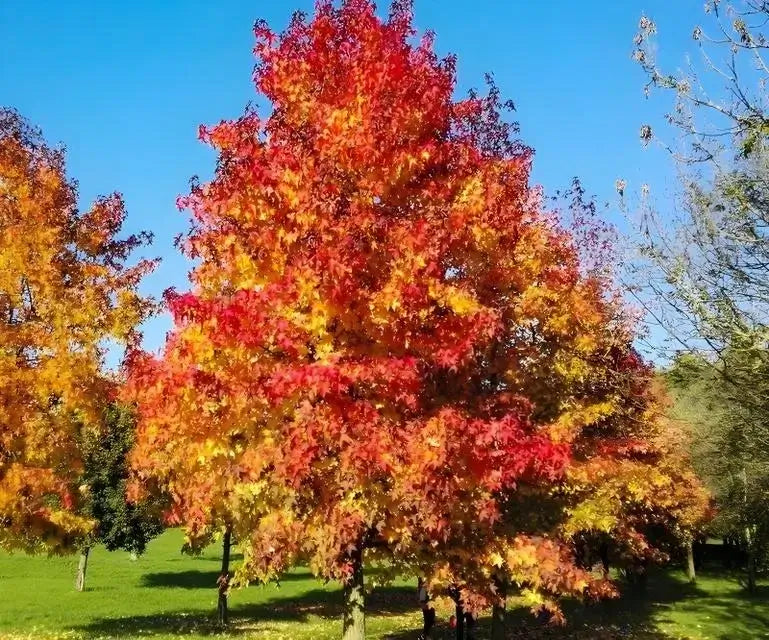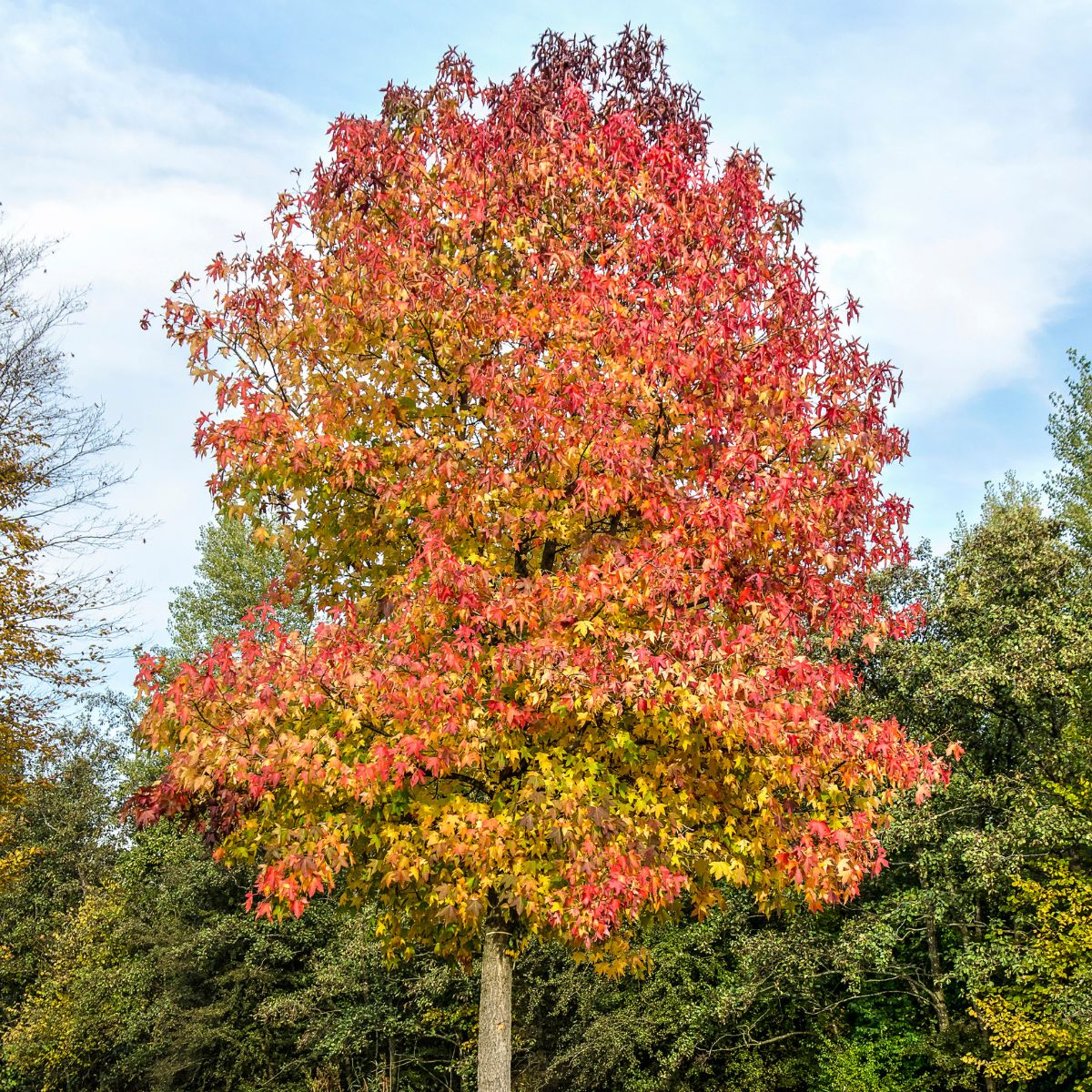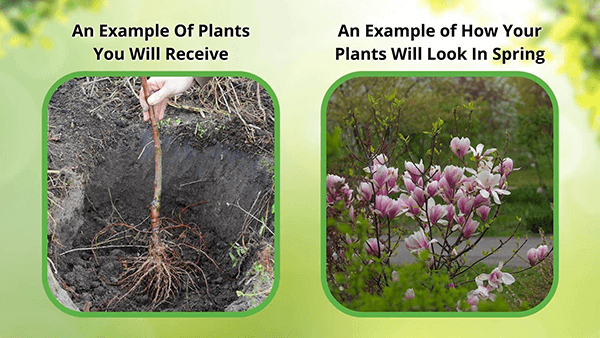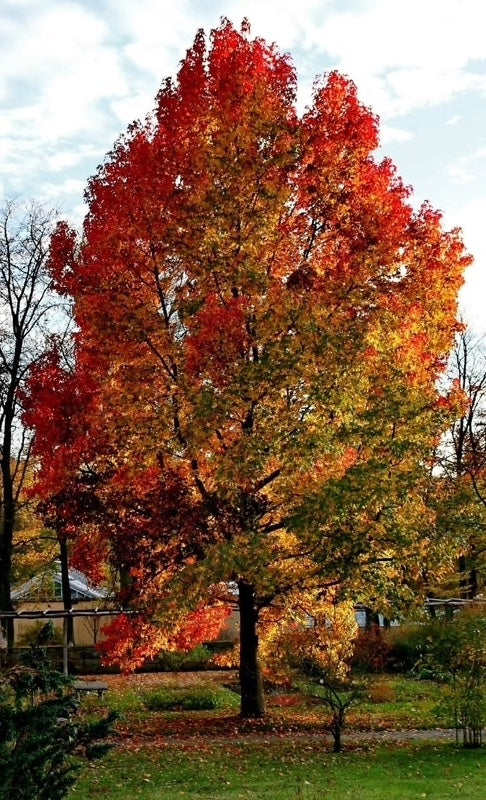Sweet Gum Trees For Sale- Liquidambar Styraciflua
The Sweet Gum Tree is a native deciduous tree known for its green, star-shaped leaves that turn yellow in the fall. This low-maintenance tree can tolerate clay soil and well-draining, acidic soil. Avoid planting in alkaline soils, as chlorosis may occur in these conditions. It can tolerate dry to moist locations.
Plant Details - Sweet Gum Tree
Family: Altingiaceae
Light Requirement: Full Sun
Water Needs: Moist
Height: 60 – 80 ft.
Spread: 40 – 60 ft.
Growth Rate: Slow
Bloom Time: Spring
Flower Color: Yellow
Wildlife Value: Attracts butterflies
Landscape Uses and Maintenance on Sweet Gum Trees
Sweet Gum Tree is a deciduous tree with unique, deeply lobed star-shaped leaves and an elegant stature. Plant this tree to create a shade garden. You can plant this tree as an ornamental accent in your yard or garden. Plant this tree where it can spread to its maximum mature height.
This tree has catkins that are green yellow. It will produce seeds called gum balls that will create a carpet below; make sure to plant this tree where they will not create hazardous conditions, such as along a path. It can tolerate the compound juglone produced by the Black Walnut and other family members.
Sweet Gum Tree has no major disease or insect problems, so it will not need routine fertilizing. If you feel the tree needs fertilizer, use a balanced fertilizer with equal ratios. It will not need consistent, routine pruning, but you should prune it when you notice damaged branches.
Its gumballs will attract birds to your home or landscape that will eat the seeds inside, including turkeys, goldfinches, and mourning doves. Squirrels and chipmunks will also eat these seeds.
Sweet Gum Tree Attracts
Butterflies
Luna Moth
Silk Moth
Exposure
The Sweet Gum Tree thrives in full sun to partial shade. For optimal growth, it prefers at least six hours of natural sunlight daily, but it can tolerate some shade, especially in hotter climates. Ensure it receives ample light for vibrant foliage.
Height at Maturity
Over 25 Feet
Usage
Fast Growing
Shipped As
Bare-root
Ships
UPS
Planting Zones
5-9





